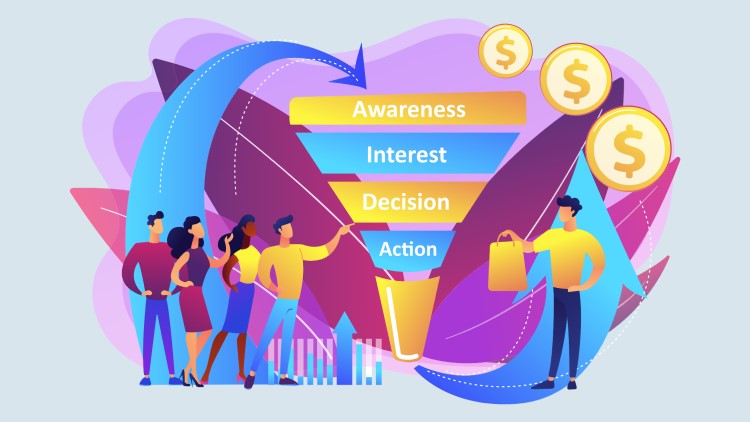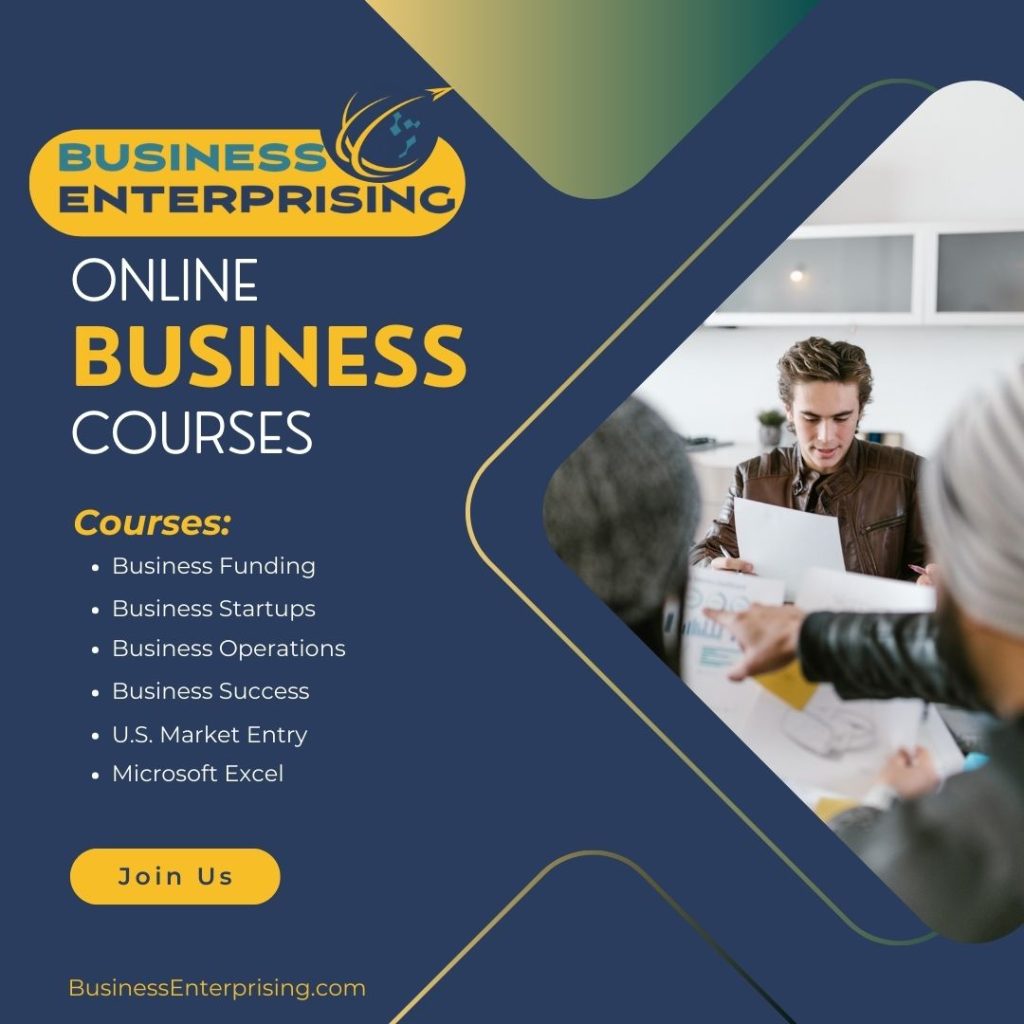 Building a successful sales funnel is essential for converting prospects into loyal customers. Whether you’re a startup or an established business, understanding how to build a sales funnel can significantly improve your marketing efforts and revenue growth. A well-structured funnel guides potential customers through each stage of the buying journey, ensuring that they remain engaged and informed. By addressing their needs at every step, from awareness to action, businesses can foster stronger relationships and drive higher conversion rates. Below we’ll explore the key components of a sales funnel, how to optimize it, and the tools available to help you achieve success.
Building a successful sales funnel is essential for converting prospects into loyal customers. Whether you’re a startup or an established business, understanding how to build a sales funnel can significantly improve your marketing efforts and revenue growth. A well-structured funnel guides potential customers through each stage of the buying journey, ensuring that they remain engaged and informed. By addressing their needs at every step, from awareness to action, businesses can foster stronger relationships and drive higher conversion rates. Below we’ll explore the key components of a sales funnel, how to optimize it, and the tools available to help you achieve success.
What is a Sales Funnel and Why is it Important?
A sales funnel is a step-by-step process that guides potential customers through the journey of becoming paying clients. It begins by capturing attention and ends with the final purchase. The funnel’s shape, which narrows as it moves from the top to the bottom, illustrates how prospects filter out along the journey. Not everyone who enters the funnel will make it to the purchasing stage. However, those who do are more likely to convert due to the targeted nurturing they receive.
The role of the sales funnel is crucial in converting prospects into customers. It does so by engaging them at different stages of their buying journey, from awareness to decision-making. At the top of the funnel, a wide audience becomes aware of your brand. As they move through the stages, their interest grows, eventually leading to an informed decision to purchase. By strategically guiding prospects through this process, businesses can foster stronger relationships and increase the likelihood of conversion.
Using a structured sales funnel in your business strategy offers numerous benefits. First, it enables you to segment and tailor your marketing efforts to match each stage of the buyer’s journey. This personalization helps to improve engagement and leads to better conversion rates. Additionally, a sales funnel allows you to track prospects’ behaviors, providing valuable insights that can help refine your marketing strategies. Understanding how to build a sales funnel empowers businesses to create efficient systems. They not only attract potential customers but also convert them into loyal clients, driving long-term growth and profitability. The ability to consistently move leads through this process is key to achieving scalable sales success.
Stages of a Sales Funnel: A Step-by-Step Breakdown
The sales funnel consists of four key stages: Awareness, Interest, Decision, and Action, commonly referred to as the AIDA model. Each stage represents a distinct phase of the customer journey, where different strategies are required to engage prospects effectively. Understanding these stages is essential when learning how to build a sales funnel that converts.
The first stage, Awareness, is where potential customers become familiar with your brand or product. At this point, prospects may not yet know they need your solution, so your goal is to capture their attention. Marketing efforts such as blog posts, social media ads, or informative videos are ideal for attracting a broad audience. By creating content that addresses pain points, you can position your business as a helpful resource and draw prospects into the next stage.
Once prospects are aware of your brand, they move into the Interest stage. Here, they begin to show more curiosity about your offerings and want to learn more. To keep them engaged, provide educational resources like webinars, product demos, or email newsletters. Your content should focus on nurturing leads by highlighting how your product or service can meet their specific needs. Thoughtful engagement helps build trust, making them more likely to move toward a purchasing decision.
The Decision stage is critical because prospects are now evaluating whether to choose your product or a competitor’s. Here, you can tailor your marketing efforts by offering case studies, testimonials, and comparisons. They should emphasize the unique benefits of your solution. Finally, the Action stage is where the prospect becomes a customer by making a purchase. Offering a clear call to action, like limited-time discounts or easy checkout processes, can facilitate this conversion. By effectively guiding prospects through each stage, businesses can optimize their sales funnel for greater success.
Creating Targeted Content for Each Stage
Creating targeted content for each stage of the sales funnel is essential for engaging prospects and guiding them toward a purchase. Different stages require distinct messaging, ensuring that your content resonates with your audience and meets their evolving needs. When learning how to build a sales funnel, it’s important to understand that your content must address both the pain points and the desires of your prospects as they move through the funnel.
At the Awareness stage, the goal is to create content that attracts a broad audience and captures attention. Blog posts, social media content, and infographics are great tools for this phase. They introduce prospects to your brand while addressing common problems they might face. The focus should be on educating and informing, not selling. By positioning your content as a solution to their pain points, you can spark interest and move them deeper into the funnel.
As prospects enter the Interest stage, they seek more in-depth information. Webinars, eBooks, and product demos are effective content types for nurturing these leads. This content should dive deeper into how your product or service can solve their specific issues. By offering detailed insights, you build trust and demonstrate expertise, making prospects more likely to consider your solutions over competitors.
Once prospects reach the Decision stage, they need content that helps them evaluate their options. Case studies, testimonials, and product comparisons are essential at this point. These content types provide social proof and detailed examples of how your product has successfully addressed similar challenges. By addressing the prospect’s concerns directly and highlighting the value of your solution, you can facilitate the transition to the Action stage, where they make a purchase. Tailoring your content for each stage ensures that prospects stay engaged and that your sales funnel drives meaningful conversions.
Tools and Technology for Building and Optimizing Sales Funnels
Using the right tools and technology is essential for building and optimizing sales funnels effectively. Customer relationship management (CRM) platforms, email automation systems, and analytics tools are among the most popular resources for managing the various stages of the sales funnel. CRMs like Salesforce or HubSpot allow businesses to organize and track prospects as they move through the funnel, ensuring that no leads are missed. Email automation tools like Mailchimp or ActiveCampaign enable companies to nurture prospects through personalized messaging, keeping them engaged and progressing toward a purchase decision.
These tools also play a crucial role in optimizing sales funnels by tracking performance and identifying areas for improvement. Analytics platforms such as Google Analytics or funnel-specific tools like ClickFunnels provide valuable insights into customer behavior. By understanding where prospects drop off or which content drives the most engagement, businesses can refine their strategies. For example, monitoring metrics like click-through rates (CTR), conversion rates, and customer acquisition costs can inform better decision-making. Learning how to build a sales funnel using these technologies can drastically improve the efficiency of lead management and conversion rates.
Additionally, A/B testing and conversion rate optimization (CRO) are essential techniques for refining sales funnels. A/B testing allows businesses to compare different versions of content, landing pages, or calls to action to determine which performs better. This process helps identify which elements resonate most with prospects. CRO focuses on increasing the percentage of visitors who convert into leads or customers. Through ongoing testing and optimization, businesses can ensure that their sales funnel is as effective as possible, maximizing every opportunity for conversion. Together, these tools and techniques provide a powerful framework for building and continuously improving a high-performing sales funnel.
Measuring Success: Key Metrics for Sales Funnel Performance
Measuring success in a sales funnel requires monitoring key metrics that indicate how well the funnel is converting prospects into paying customers. One of the most critical metrics is the conversion rate, which tracks the percentage of leads that move from one stage of the funnel to the next. A high conversion rate suggests that your funnel is effectively guiding prospects through the buying journey, while a low rate signals the need for adjustments. Another vital metric is customer acquisition cost (CAC), which measures the total cost of acquiring a new customer. Keeping CAC low while maintaining strong conversion rates is essential for profitability. Lifetime value (LTV), which estimates the total revenue generated from a customer over the duration of their relationship with your business, helps determine the overall return on investment (ROI) of your sales funnel.
To improve the effectiveness of a sales funnel, it’s essential to continuously analyze these metrics and identify areas for optimization. For instance, if the conversion rate drops significantly at a specific stage, it could indicate that prospects are encountering friction, such as unclear messaging or a cumbersome user experience. Adjusting the funnel at this point—whether through better content, simplified navigation, or improved call-to-action buttons—can help improve performance. Understanding how to build a sales funnel that is adaptable to these insights is key to long-term success.
Conclusion
Continuous optimization strategies are necessary for maximizing the results of a sales funnel. A/B testing is a powerful technique that allows businesses to compare different elements of the funnel, such as headlines, landing pages, or pricing models, to see which versions perform better. Conversion rate optimization (CRO) further refines the funnel by making small, data-driven adjustments to boost conversion rates at various stages. These strategies, combined with regular monitoring of key metrics, ensure that your sales funnel remains efficient and responsive to customer behavior, ultimately driving higher revenue and growth over time.
In conclusion, understanding how to build a sales funnel is critical for driving sustained growth and improving conversions. By strategically guiding prospects through each stage, from awareness to action, businesses can optimize customer engagement and maximize revenue. Key metrics like conversion rates, customer acquisition cost, and lifetime value provide valuable insights into the funnel’s performance. Regularly analyzing these metrics, combined with continuous optimization strategies such as A/B testing and conversion rate optimization, ensures that the funnel remains effective. By leveraging the right tools and refining the process over time, businesses can create a highly efficient sales funnel that drives long-term success.



